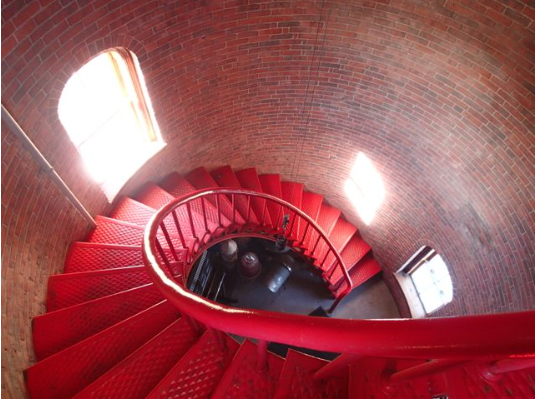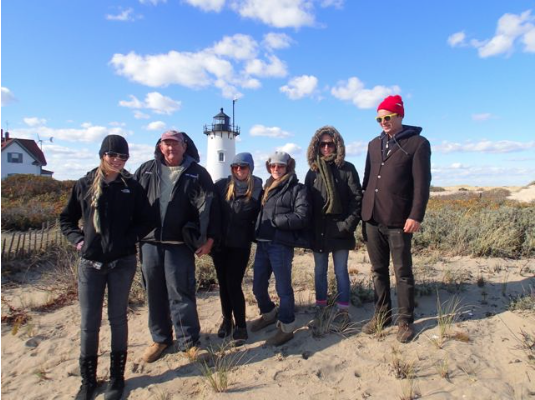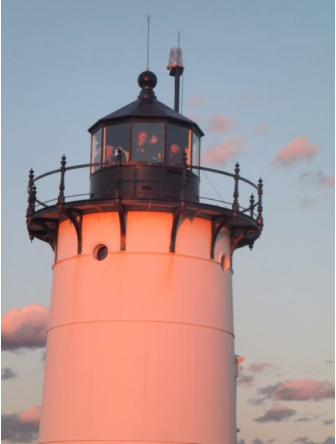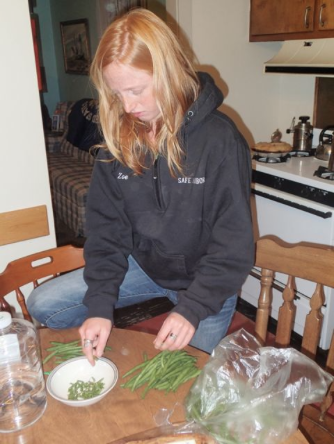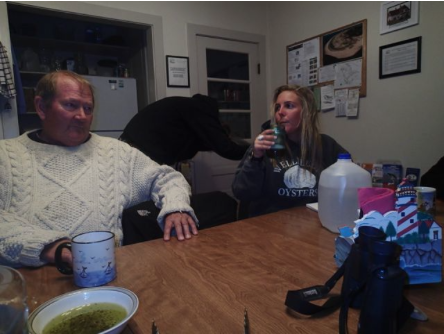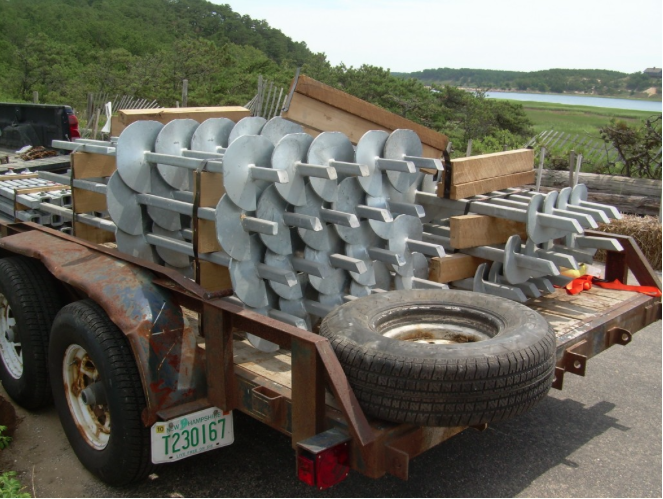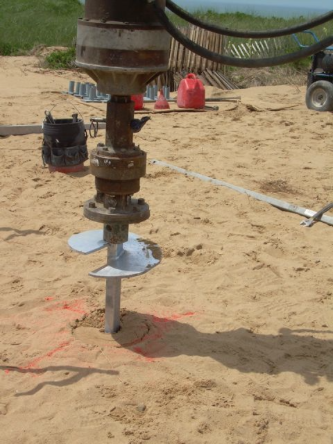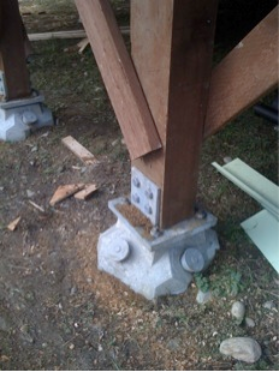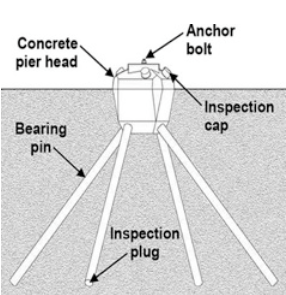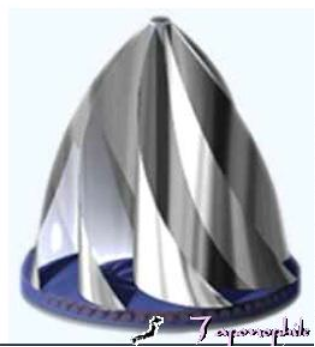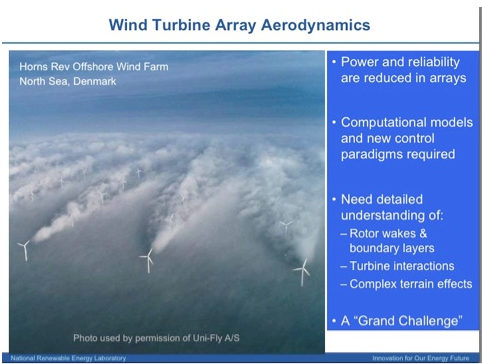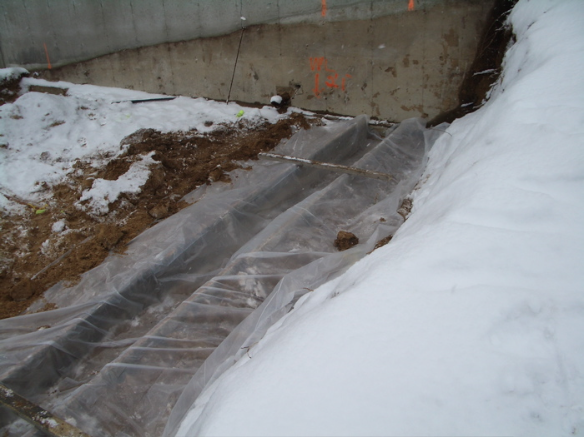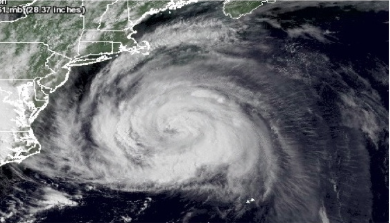The geographic location of Iceland makes it a particularly compelling case study. The Gulf Stream and Atlantic Drift Currents deliver warm surface waters to the region. As these waters are exposed to Arctic winds, they lose heat to the atmosphere and cool, becoming more dense and sinking. More warm surface water is drawn north as the denser water sinks. This process creates deep-water currents, which reappear in Tropical Oceans. This convective process is called the Thermohaline Circulation (THC). This heat exchange contributes to warmer climates in England and Western Europe, at latitudes similar to Siberia.
In recent years, influx of Greenland glacial melt water has raised concerns that lighter density fresh water blanketing denser, salt water, may alter ocean-atmosphere thermal exchange. This could prevent transition to the density required to sink into the deep currents.[ii] In Iceland’s Sixth National Communication and First Biennial Report under the UN Framework Convention on Climate Change it is noted that: “deep water will be reduced when more fresh water is introduced to the Nordic seas because of melting of glaciers, thawing of permafrost and increased precipitation. With the time series available now it is, however, not possible to conclude that the flow of deep water is decreasing.”
Researchers in Iceland are particularly concerned with hydrographic variability, or the change in water temperature and salinity over a certain period of time, in the three main bodies of water surrounding the island – Atlantic water from the south, Polar and Arctic water from the Arctic Ocean and water from the Nordic Sea. Periods of increased/decreased temperature and salinity are associated with larger scale climatic variations, but since the mid-1990s, the continuous warm period has shown no signs of stopping. In the past 15 years, the waters in the south and west of Iceland have increased by 1–2°C. [iii] Because of this, certain trophic (feeding) interactions have been affected. Examining how the smallest creatures are affected by changes in their ecosystem is an important tool in understanding how those further up the food chain will react.
The decreasing number of sand eels, for example, is impacting populations of creatures further up the food chain, and because of this, fisherman, researchers and others who regularly pay attention to the presumably more valuable species, are taking note: “Increasing sea temperature and growing mackerel numbers around Iceland are having a direct impact on the collapse of sand eel populations upon which birds like Puffins and Arctic terns depend.”[iv]
Because fish contribute to a large portion of the economy in Iceland, it is not surprising that a vast majority of research is focused on the related ecosystems. With a 758,000-km2 exclusive economic zone, Iceland is the 19th largest fishing nation in the world.[v]
https://www2.ucar.edu/climate/faq/aren-t-computer-models-used-predict-climate-really-simplistic
While working on a hostel on a farm, named Ósar for the inlets it overlooks, on a still day, I can see patches of dark water, which I’m told are large schools of mackerel. Knútur, the owner of Ósar, has called this land home since birth—as did the families of his father and his grandfather. He can trace his paternal lineage back to the first Norse settlers to arrive in Iceland thirty-two generations ago, between the years 874 and 930. As he says, things have changed in recent years. The most notable are those that have impacted the local economy. Mackerel, for instance, have gotten considerable attention recently because they were only spotted occasionally in Icelandic waters until the mid 1990s when the period of warming began. In 2007, mackerel was declared a regulated fishery in Iceland’s EEZ.[vi] Today, as noted above, they are now regularly found in large schools in the bay.[vii] The Icelandic fishing fleet uses about 200,000 tons of oil per year, and the diesel engines used by most boats release black carbon, which settles on the Arctic sea-ice. When this dark soot collects on these generally white surfaces, more heat is absorbed, leading to increased melt.
Paradoxically, the warming climate has extended the growing season in Iceland, making it possible for farmers to experiment with new crops—at least one of which could be converted into a viable alternative to diesel fuel. In 2008, the Icelandic Maritime Administration and the Agriculture University of Iceland began a project in cooperation with a handful of pioneering farmers to experiment with the cultivation of rapeseed. The oil extracted from Rapeseed (a variation of which is Canadian oil, better known as canola oil) can be converted into biodiesel, which “would mitigate the total emission of carbon dioxide from the Icelandic fishing fleet.”[viii] Knútur was one of the first to join the project, and successfully yielded 4.1 tons of 93 – 95% dry seed per hectare (~10 acres) at each harvest between 2008 and 2011.[ix]
http://www.icenews.is/2011/06/29/skyrocketing-mackerel-numbers-around-iceland-blamed-for-puffin-crash/
http://www.fisheries.is/ecosystem/oceanography/ocean-currents/
http://www.icenews.is/2011/06/28/icelands-sea-bird-stock-in-dismal-shape/
[ii]
P.123 https://unfccc.int/files/national_reports/annex_i_natcom/submitted_natcom/application/pdf/nc6_br1_isl.pdf
[iii] Valdimarsson, H., Astthorsson, O. S., and Palsson, J. Hydrographic variability in Icelandic waters during recent decades and related changes in distribution of some fish species. – ICES Journal of Marine Science, doi:10.1093/icesjms/fss027.
[iv]
[v]https://unfccc.int/files/national_reports/annex_i_natcom/submitted_natcom/application/pdf/nc6_br1_isl.pdf
[vi] Astthorsson, O. S., Valdimarsson, H., Gudmundsdottir, A., and O´skarsson, G. J. 2012. Climate-related variations in the occurrence and distribution of mackerel (Scomber scombrus) in Icelandic waters. – ICES Journal of Marine Science, 69: 1289–1297.
Because fish contribute to a large portion of the economy in Iceland, it is not surprising that a vast majority of research is focused on the related ecosystems. With a 758,000-km2 exclusive economic zone, Iceland is the 19th largest fishing nation in the world.[xi]
“The Arctic has experienced substantial and rapid changes in recent years [...]” the EU Arctic Organization ACCESS states, “These changes are most likely caused by a combination of natural variability of the high-latitude climate system, anthropogenic changes in the radiation balance and subsequently in atmospheric and oceanic heat transports, and feedbacks in the air/sea-ice/ocean coupled system.”[xii]
The climate system is incredibly complex, and so it is important to keep in mind the multitude of layers that exist. The model below serves as a reminder that nothing exists in a vacuum – everything, both anomalies and trends, are associated with these large-scale systems.
https://www2.ucar.edu/climate/faq/aren-t-computer-models-used-predict-climate-really-simplistic
***
Lichens and moss both grow in abundance in Iceland. Lichens are “extremely versatile and often thrive in places where other vegetation has difficulty surviving”. Thus, lichens “account for an ever-greater share of mountain flora with increasing altitude, and lichens are often the first plants to colonise a freshly hardened lava field”. Some moss, I’m told, once trampled on, can take up to 100 years to grow back. [xxii]
Geological history proves that climate variations are natural, but with the unprecedented human activity of the post-Industrial Age, even the subtlest changes could signal a lasting trend. Therefore, the creatures (such as the sand eel) and plants (such as moss and lichen) most often overlooked deserve further investigation.
Without an immediate impact on our lives, or the lives of those directly connected to our web of compassion, this information remains just that: information to be filed away until another report makes headlines. The shock of a natural disaster often wakes us up, and some of us recognize the trends of increased regularity and proportions, but generally it is localized. Moreover, affected peoples and their allies remain preoccupied with the aftereffects, the immediate ramifications—mourning the loss of loved ones, rebuilding infrastructure, scavenging for or delivering food and water to those in need. Naturally, very few people pause to contemplate causes and connections to climatic events in faraway places. How could something that occurred thousands of miles away from us have an impact our lives? Even if we understand ocean currents, it is still a challenge to comprehend, let alone care enough to reflect on the ambiguous causes of these incidents, large and small, that are, perhaps, connected.
There are still many unknowns, and with the information we currently have available to us, we can make correlations, but clear causations are not yet possible. The trends, however, are indications that something has gone awry in the North Atlantic. Just like the drift current itself, the changes taking place are slow and, therefore, not easy to detect. Climate change in the Arctic is apparent, but the “drivers, evolution and ultimate impacts” remain unclear. [xxiii]
The more information we uncover about the ocean currents, the more prepared we can be for the changes that are to come. Regardless of the causes of the fluctuations in ocean temperatures, we need to know how this will affect us in the future. This includes the ways in which we are indirectly affected, which can only be understood by studying the impact that the changing climate has on the smallest of plants and animal species, and by the chain reactions that occur, ultimately leading up to us, humans.














